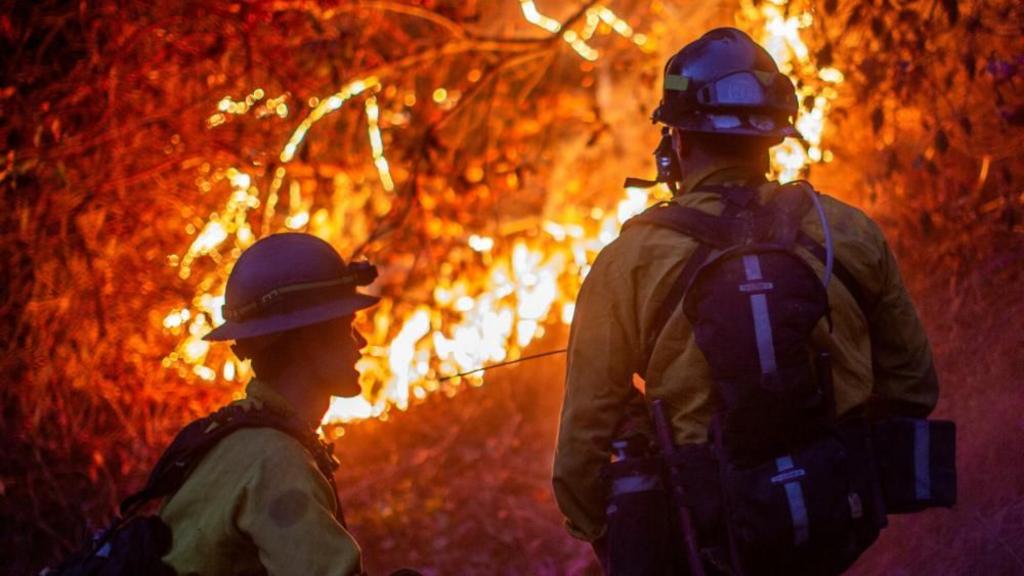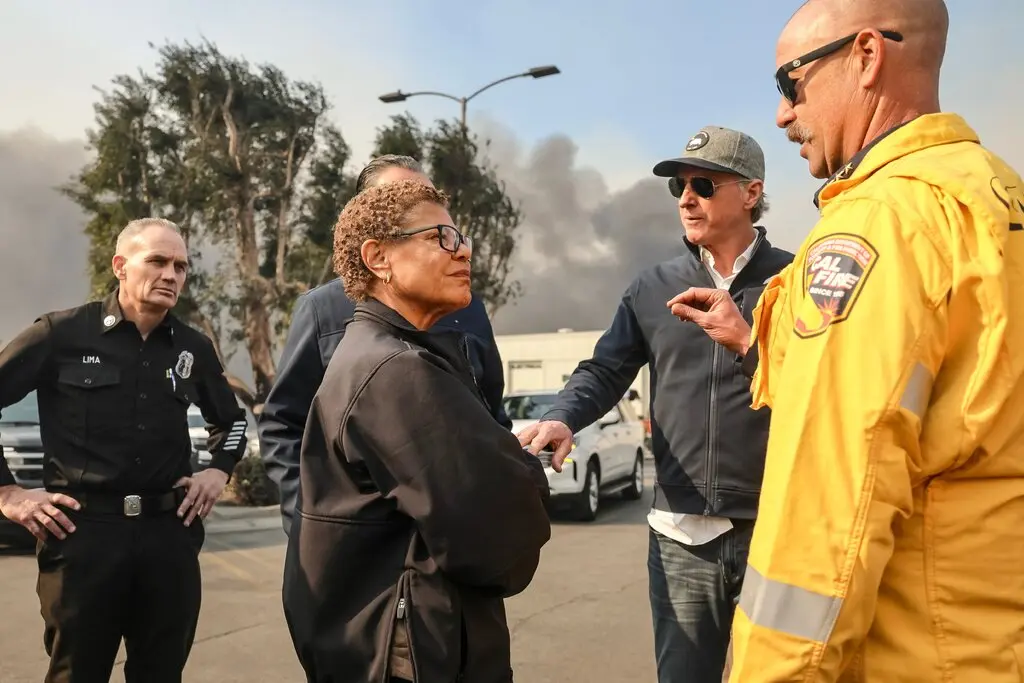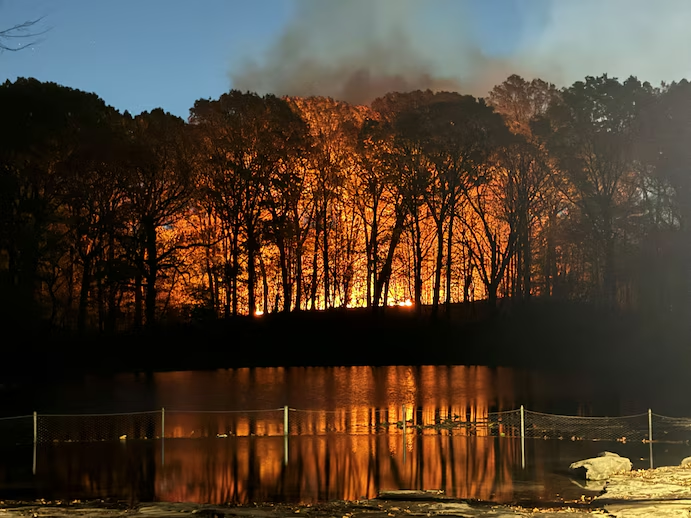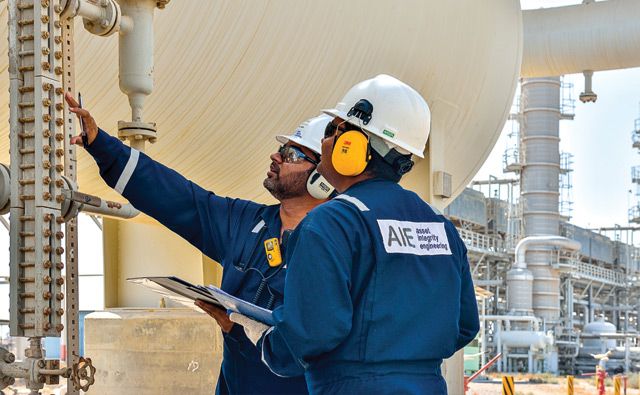LA Wildfires: Aerial Firefighter Chief Calls Flames a ‘Wake-Up’ Call
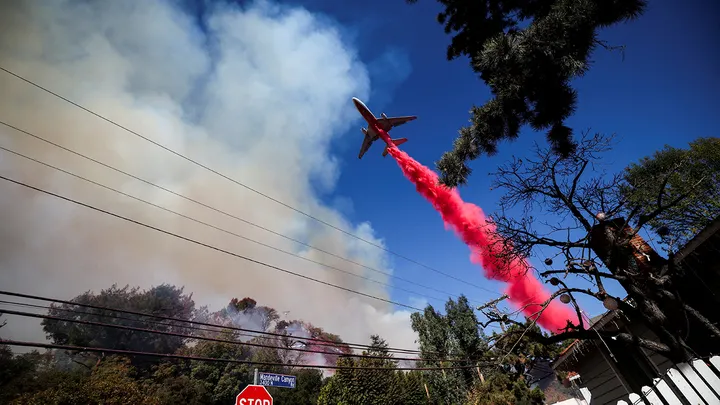
LA Wildfires: Aerial Firefighting Leader Says Flames Should Be a ‘Wake-Up’ Call
The recent wildfires in Los Angeles have become a stark reminder of the growing threat posed by climate change, according to the leader of the aerial firefighting team responsible for battling the flames. The fires, which have ravaged large areas of California, have raised alarms not only because of their destructive power but also due to the speed at which they spread. These fires, experts warn, should serve as a wake-up call to both policymakers and residents about the urgent need to address the causes of wildfires and the escalating frequency of such disasters.
Los Angeles, often known for its sprawling urban areas and picturesque landscapes, has been grappling with increasingly severe wildfire seasons. The region has faced devastating fires in the past, but this year’s flames have been particularly alarming, affecting both rural and urban communities. The fires threaten lives, property, and the environment, and have prompted intense responses from both state and federal firefighting forces.
Aerial firefighting operations play a crucial role in containing these dangerous wildfires. Helicopters and planes equipped with powerful water and retardant drops are often deployed to slow the flames, allowing ground crews to work more safely and effectively. The head of the aerial firefighting team has spoken out about the growing dangers of these fires, emphasizing that they are not just a natural occurrence but a result of climate change, which is making wildfires more frequent, more intense, and more difficult to control.
The aerial firefighting leader pointed to the high temperatures, dry conditions, and shifting winds that make firefighting efforts even more challenging. These factors, which have been exacerbated by global warming, create an environment where flames can spread rapidly, often before firefighting teams can respond. According to the leader, the unpredictable nature of these fires makes it essential for aerial teams to act swiftly and for strategies to be continually refined.
In addition to the immediate challenges posed by the wildfires, there are also long-term concerns that need to be addressed. Experts warn that wildfires are likely to become a recurring issue, and if the underlying causes—such as drought, deforestation, and climate change—are not dealt with, we may see even more extreme fire seasons in the future. The aerial firefighting leader has stressed that while efforts to combat these fires are important, there must also be a shift in the way communities approach wildfire prevention and mitigation.
One of the key solutions suggested by experts is greater investment in fire prevention strategies. This could include more controlled burns, forest thinning, and the creation of firebreaks to help slow the spread of flames. Furthermore, residents in fire-prone areas are being encouraged to adopt fire-safe practices, such as clearing dead vegetation around their homes and using fire-resistant materials for construction. However, even with these measures, the reality is that climate change continues to accelerate, making it harder to predict and control the behavior of wildfires.
As the aerial firefighting leader put it, the recent fires should not be seen as isolated events but rather as a warning sign. They are a clear indication of the urgent need to confront the root causes of climate change and to take meaningful action at both the local and global levels. Governments, businesses, and individuals all have a role to play in reducing carbon emissions, investing in renewable energy, and preparing for the future consequences of a warming planet.
The Los Angeles wildfires also underscore the importance of coordination and collaboration among various agencies involved in firefighting and disaster management. Aerial teams, ground crews, emergency responders, and local governments must work together to ensure a unified response to these rapidly evolving crises. In addition to tackling the immediate danger posed by the flames, it is equally important to support communities in the aftermath of the fires, helping them recover and rebuild while also preparing for future events.
Ultimately, the message from the aerial firefighting leader is clear: the Los Angeles wildfires are not just a natural disaster but a wake-up call. If we are to reduce the risk of future catastrophes, it is essential to confront the realities of climate change, invest in better prevention measures, and work together to protect lives, property, and the environment. Only through these concerted efforts can we hope to mitigate the impact of wildfires in the years to come.



